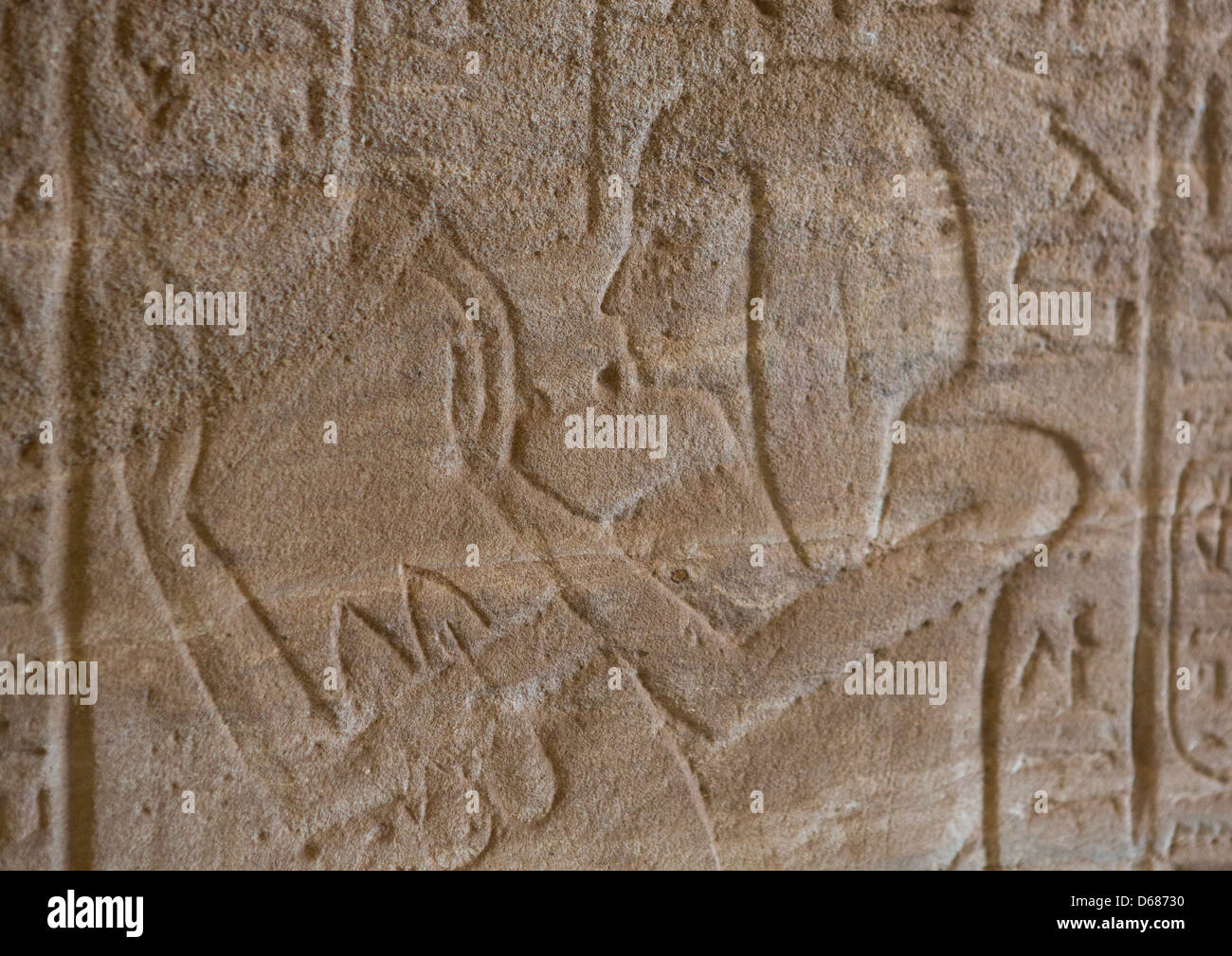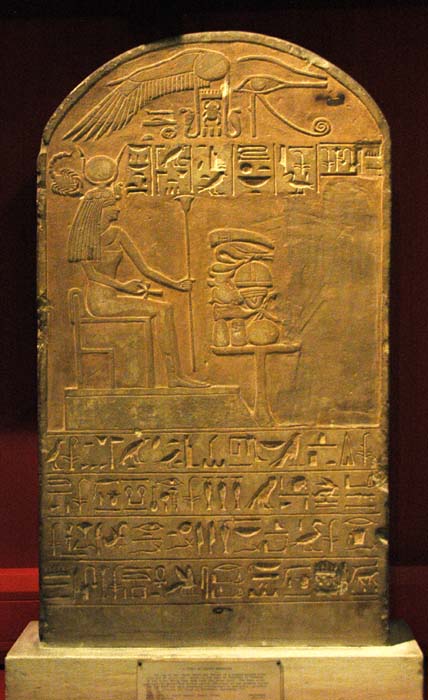So fukking irked by them Arabs and Europeans destroying shyt. Africa history is amazing.
You are using an out of date browser. It may not display this or other websites correctly.
You should upgrade or use an alternative browser.
You should upgrade or use an alternative browser.
Lets Talk African History: Ancient Nubia
- Thread starter Bawon Samedi
- Start date
More options
Who Replied?Misreeya
Pro
Soleb Temple ruins. (North Sudan)

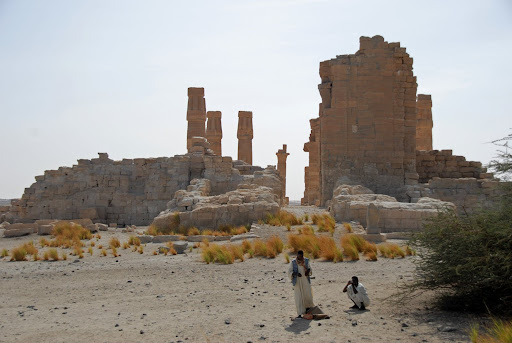


Soleb - Wikipedia, the free encyclopedia

Prudhoe Lions - Wikipedia, the free encyclopedia
Amenhopet III




Soleb is an ancient town in Nubia, today's Sudan. The place lies to the north of the third cataract of the Nile, on the Nile's western side.
It was discovered and described by Karl Richard Lepsius in 1844.
Click to expand...
It was discovered and described by Karl Richard Lepsius in 1844.
Click to expand...
Necropolis[edit]
Soleb is also the location of a vast necropolis with small tomb chapels decorated with pyramids. The earliest tombs date to the 18th dynasty while some come from the Ramesside and Meroitic periods.
Amarna Period[edit]
During the Amarna Period (Mid 18th Dynasty), several pharaohs paid attention to Soleb starting with Amenhotep III, continuing with Akhenaten, Tutankhamen and Ay.
Amenhotep III[edit]
A large temple made of sandstone was founded here by Amenhotep III. It is the southern-most temple currently known to have been built by this king. The temple was consecrated to the god Amun Re and to the king, himself (deified with ram-horns). The architect may have been Amenhotep, son of Hapu.
At Sedeinga, a companion temple was built by Amenhotep III to Queen Tiye as a manifestation of the Eye of Ra.
The so-called Prudhoe lions originally stood as guardian figures at this temple inscribed with the name of Amenhotep III.
Akhenaten[edit]
During the reign of Akhenaten, he initially is shown worshiping his father and Amen at the temple. But later, he re-dedicates the temple to Aten.
Tutankhamen[edit]
During the reign of Tutankhamen, he reversed the religious reforms of his father (Akhenaten) and re-dedicated the temple to Amen-Ra. He also inscribed his name on the Prudhoe Lions.[1]
Ay[edit]
During the reign of Ay, he also inscribed his name on the Prudhoe Lions
Click to expand...
Soleb is also the location of a vast necropolis with small tomb chapels decorated with pyramids. The earliest tombs date to the 18th dynasty while some come from the Ramesside and Meroitic periods.
Amarna Period[edit]
During the Amarna Period (Mid 18th Dynasty), several pharaohs paid attention to Soleb starting with Amenhotep III, continuing with Akhenaten, Tutankhamen and Ay.
Amenhotep III[edit]
A large temple made of sandstone was founded here by Amenhotep III. It is the southern-most temple currently known to have been built by this king. The temple was consecrated to the god Amun Re and to the king, himself (deified with ram-horns). The architect may have been Amenhotep, son of Hapu.
At Sedeinga, a companion temple was built by Amenhotep III to Queen Tiye as a manifestation of the Eye of Ra.
The so-called Prudhoe lions originally stood as guardian figures at this temple inscribed with the name of Amenhotep III.
Akhenaten[edit]
During the reign of Akhenaten, he initially is shown worshiping his father and Amen at the temple. But later, he re-dedicates the temple to Aten.
Tutankhamen[edit]
During the reign of Tutankhamen, he reversed the religious reforms of his father (Akhenaten) and re-dedicated the temple to Amen-Ra. He also inscribed his name on the Prudhoe Lions.[1]
Ay[edit]
During the reign of Ay, he also inscribed his name on the Prudhoe Lions
Click to expand...
Soleb - Wikipedia, the free encyclopedia

Prudhoe Lions - Wikipedia, the free encyclopedia
Amenhopet III

Last edited:
Misreeya
Pro
Nuri Pyramid ruins. (North Sudan)
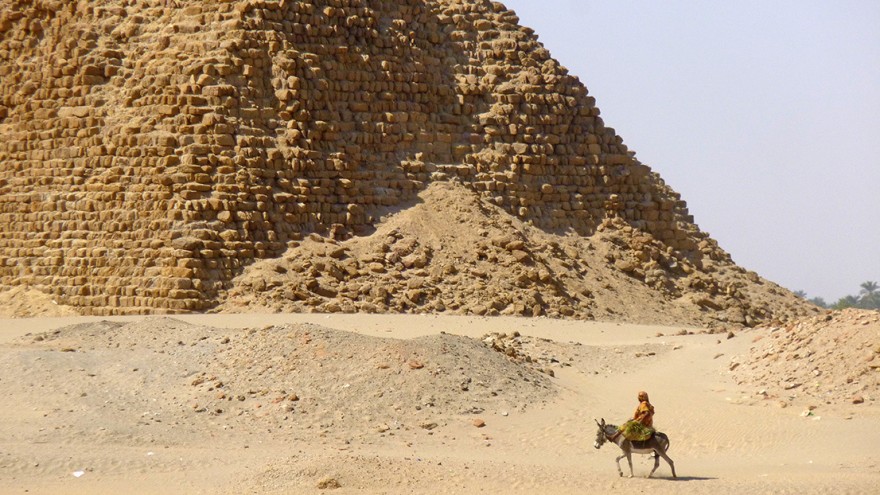

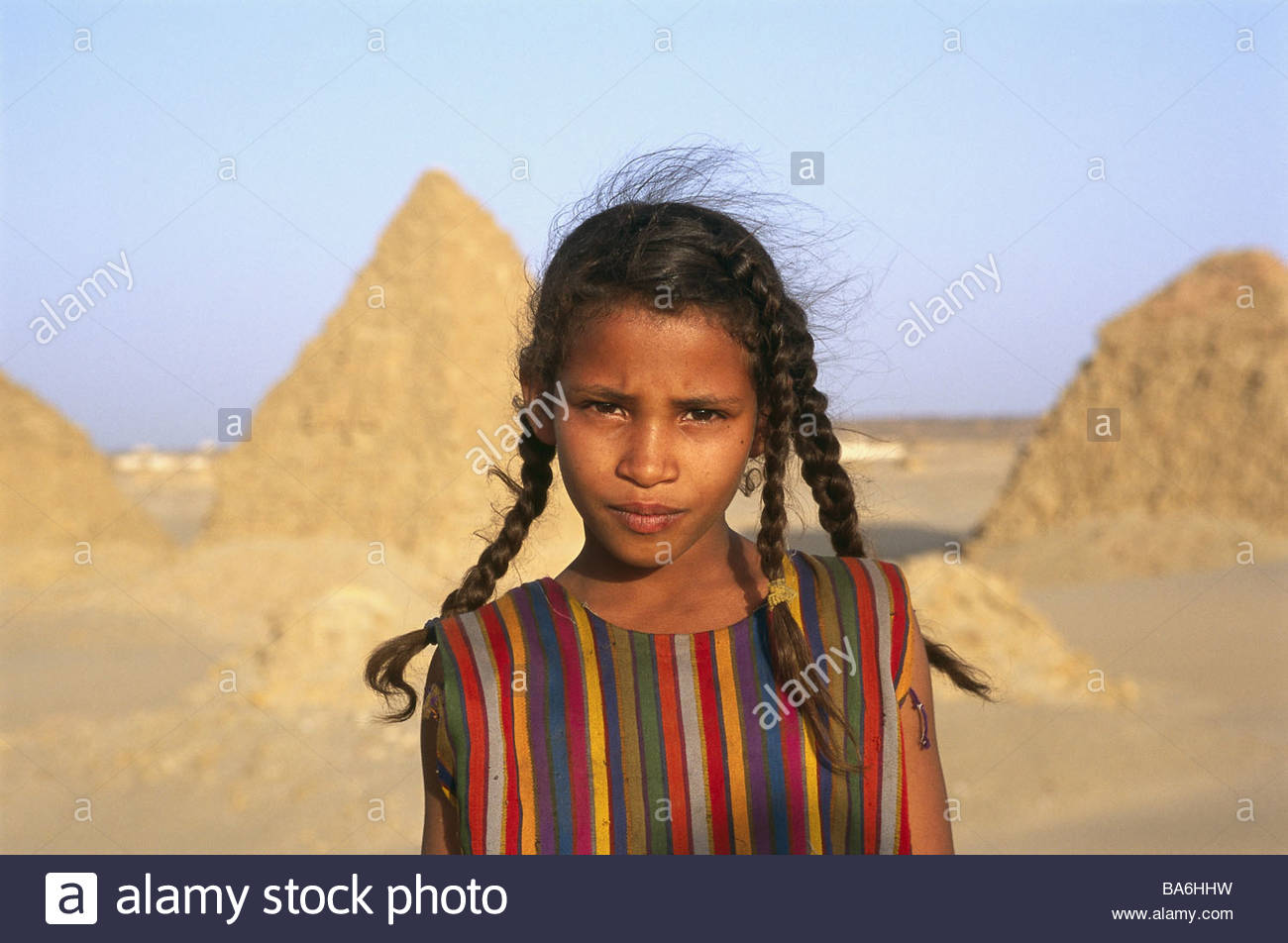
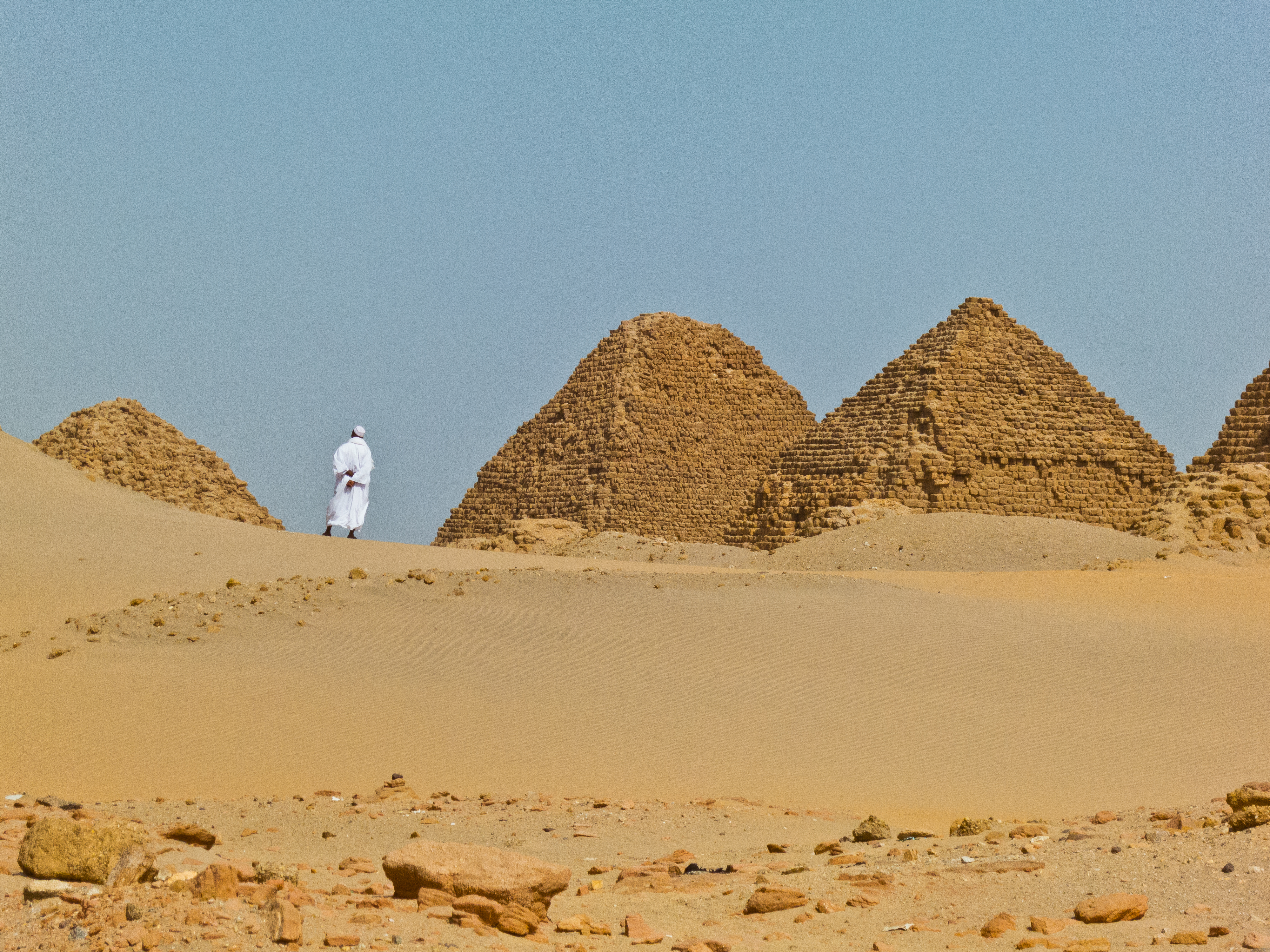
Société des Cultures Nubiennes- La Nubie historique et archéologique -Nuri




Société des Cultures Nubiennes- La Nubie historique et archéologique -Nuri
Last edited:
Misreeya
Pro
Last edited:
GetInTheTruck
Member
Very dope.
Misreeya
Pro
For those that are students or Professional Architects or Engineers you may be impress with this monument. I did not explain in depth in the other thread, so i decided to do it here.
Although this ruin look like some sought of weird mound, it is actually a pyramid, and one of the largest in what is now Sudan. According to some scholars the height of the pyramids was btw 40 or 50 meters high, whereas other scholars believe the pyramid may had reached 79meters high and is a area of 51.75 m x 51.75 m. If the pyramid was 79meters in height it would had been bigger than the step Pyramids but smaller than the red Pyramid further north. The pyramid collapsed somewhere during the 1800, but there was a sketch drawing by a French artist during that period, who drew the pyramid near its full height, before it collapsed further. The pyramid had a chapel which is totally ruined, but what survived in tact is the burial chambers, which is very well preserved. It was excavated 100 years ago by George Reisner a American Egyptologist from Harvard University.
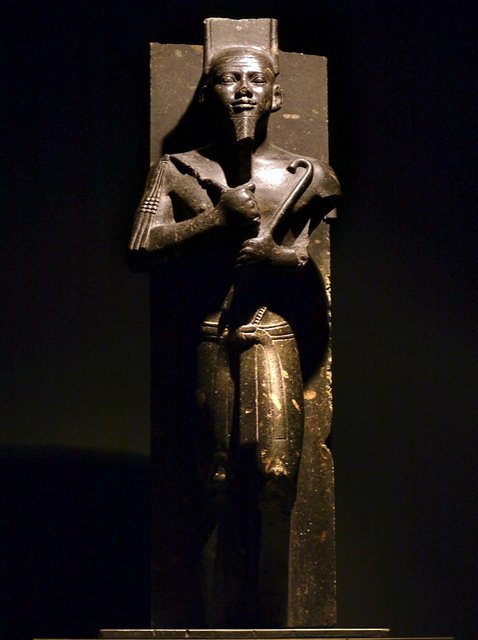
The person or pharaoh that is buried there was Taharka, he ruled what is now Sudan and Egypt today. He is actually mentioned in the old testament of the Jewish Torah or Bible. This period according to Egyptologist is considered the third intermediate period. According to what i read the burial chambers is pretty much the same size and scope as the Osirion in Abydos Egypt which was built during the New Kingdom period during the reign of the Set I.
Excerpt





Here is the link of the excavation by George Reisner which is nearly 100 years ago. It is pretty much the same as Osirian further north. This construction is much to do with the people of the "nile" belief in their "god" Osirus, who was the brother and husband of Isis, and the father of horus, who each pharaoh believed they were part of, and Osirus had a brother by the name of Seth who killed him, and their father was Geb, and mother Mut. Osirus was the "god" of the underground. He is depicted in green skin as well.
Osiris - Wikipedia, the free encyclopedia
Osireion - Wikipedia, the free encyclopedia
http://books.google.com/books?id=J84...ramids&f=false
the exposition ^^above of the excavation back in 1916-1918 by George Reisner.



Question to a Archaeologist from a website of the el kurru temple in Sudan.
http://historyofrchitecture.blogspot...0_archive.html
Although this ruin look like some sought of weird mound, it is actually a pyramid, and one of the largest in what is now Sudan. According to some scholars the height of the pyramids was btw 40 or 50 meters high, whereas other scholars believe the pyramid may had reached 79meters high and is a area of 51.75 m x 51.75 m. If the pyramid was 79meters in height it would had been bigger than the step Pyramids but smaller than the red Pyramid further north. The pyramid collapsed somewhere during the 1800, but there was a sketch drawing by a French artist during that period, who drew the pyramid near its full height, before it collapsed further. The pyramid had a chapel which is totally ruined, but what survived in tact is the burial chambers, which is very well preserved. It was excavated 100 years ago by George Reisner a American Egyptologist from Harvard University.

The person or pharaoh that is buried there was Taharka, he ruled what is now Sudan and Egypt today. He is actually mentioned in the old testament of the Jewish Torah or Bible. This period according to Egyptologist is considered the third intermediate period. According to what i read the burial chambers is pretty much the same size and scope as the Osirion in Abydos Egypt which was built during the New Kingdom period during the reign of the Set I.
Excerpt
However, the subterranean chambers of this pyramid are the most elaborate of any tomb. The entrance was by way of an eastern stairway trench, north of the pyramid's central axis, but in alignment with the original smaller pyramid. Three steps led down to a doorway with a molded frame and cavetto cornice. The doorway then led to a tunnel that widened and opened into an antechamber with a barrel- vaulted ceiling.Six huge pillars carved from the natural rock divided the burial chamber into two side aisles and a central nave, each with a barrel-vaulted ceiling.
Read more: http://www.touregypt.net/featurestor...#ixzz3ZXK8ffEk
Though a rectangular recess was cut into the floor of the burial chamber for a sarcophagus, no sarcophagus was found. In addition, there were four rectangular niches in the north and south walls and two in the west wall. The whole of the chamber was surrounded by a moat-like corridor that could be entered by way of steps leading down from in front of the antechamber doorway. Another set of steps led to the corridor from the west end of the nave. Indeed, the whole arrangement is not unlike the Osireion, a symbolic Osiris tomb built by Seti I at Abydos.
Read more: http://www.touregypt.net/featurestor...#ixzz3ZXKOYAjHPictures of the Osiron.
Click to expand...





Here is the link of the excavation by George Reisner which is nearly 100 years ago. It is pretty much the same as Osirian further north. This construction is much to do with the people of the "nile" belief in their "god" Osirus, who was the brother and husband of Isis, and the father of horus, who each pharaoh believed they were part of, and Osirus had a brother by the name of Seth who killed him, and their father was Geb, and mother Mut. Osirus was the "god" of the underground. He is depicted in green skin as well.
Osiris - Wikipedia, the free encyclopedia
Osireion - Wikipedia, the free encyclopedia
http://books.google.com/books?id=J84...ramids&f=false
the exposition ^^above of the excavation back in 1916-1918 by George Reisner.


Question to a Archaeologist from a website of the el kurru temple in Sudan.
Geoff EmberlingApril 19, 2014 at 12:43 PM
The pyramid of Taharqo is an interesting and unusual monument. It was built once, then rebuilt much larger so that it is by far the biggest pyramid in Sudan. You can't go into the burial chamber now--Reisner excavated it and it is now filled back in. The burial chamber is about 12 x 13 m in size. I haven't had a chance to visit the Osireion, but from the published plan it is roughly comparable in length (about 10 meters)
Click to expand...
The pyramid of Taharqo is an interesting and unusual monument. It was built once, then rebuilt much larger so that it is by far the biggest pyramid in Sudan. You can't go into the burial chamber now--Reisner excavated it and it is now filled back in. The burial chamber is about 12 x 13 m in size. I haven't had a chance to visit the Osireion, but from the published plan it is roughly comparable in length (about 10 meters)
Click to expand...
http://historyofrchitecture.blogspot...0_archive.html
Last edited:
For those that are students or Professional Architects or Engineers you may be impress with this monument. I did not explain in depth in the other thread, so i decided to do it here.
Although this ruin look like some sought of weird mound, it is actually a pyramid, and one of the largest in what is now Sudan. According to some scholars the height of the pyramids was btw 40 or 50 meters high, whereas other scholars believe the pyramid may had reached 79meters high and is a area of 51.75 m x 51.75 m. If the pyramid was 79meters in height it would had been bigger than the step Pyramids but smaller than the red Pyramid further north. The pyramid collapsed somewhere during the 1800, but there was a sketch drawing by a French artist during that period, who drew the pyramid near its full height, before it collapsed further. The pyramid had a chapel which is totally ruined, but what survived in tact is the burial chambers, which is very well preserved. It was excavated 100 years ago by George Reisner a American Egyptologist from Harvard University.

The person or pharaoh that is buried there was Taharka, he ruled what is now Sudan and Egypt today. He is actually mentioned in the old testament of the Jewish Torah or Bible. This period according to Egyptologist is considered the third intermediate period. According to what i read the burial chambers is pretty much the same size and scope as the Osirion in Abydos Egypt which was built during the New Kingdom period during the reign of the Set I.
Excerpt





Here is the link of the excavation by George Reisner which is nearly 100 years ago. It is pretty much the same as Osirian further north. This construction is much to do with the people of the "nile" belief in their "god" Osirus, who was the brother and husband of Isis, and the father of horus, who each pharaoh believed they were part of, and Osirus had a brother by the name of Seth who killed him, and their father was Geb, and mother Mut. Osirus was the "god" of the underground. He is depicted in green skin as well.
Osiris - Wikipedia, the free encyclopedia
Osireion - Wikipedia, the free encyclopedia
http://books.google.com/books?id=J84...ramids&f=false
the exposition ^^above of the excavation back in 1916-1918 by George Reisner.



Question to a Archaeologist from a website of the el kurru temple in Sudan.
Geoff EmberlingApril 19, 2014 at 12:43 PM
The pyramid of Taharqo is an interesting and unusual monument. It was built once, then rebuilt much larger so that it is by far the biggest pyramid in Sudan. You can't go into the burial chamber now--Reisner excavated it and it is now filled back in. The burial chamber is about 12 x 13 m in size. I haven't had a chance to visit the Osireion, but from the published plan it is roughly comparable in length (about 10 meters)
Click to expand...
http://historyofrchitecture.blogspot...0_archive.html
WOW... I never knew about this pyramid in the Sudan. VERY impressive.
We know all we need to know about Ancient Egypt in terms of archaeological work. It is a MUST that more excavation needs to be done in the Sudan(and hell even West Africa), we hardly know that much about that area besides what foreign civilizations tell us about it. More excavation would also help connect things to the area of Nubia and Egypt. We would fully have an understanding of the history in the Nile Valley. Hell, most of the Meroitic script hasn't even been deciphered.
I mean is it just a lack of interest?
I mean is it just a lack of interest?
Misreeya
Pro
We know all we need to know about Ancient Egypt in terms of archaeological work. It is a MUST that more excavation needs to be done in the Sudan(and hell even West Africa), we hardly know that much about that area besides what foreign civilizations tell us about it. More excavation would also help connect things to the area of Nubia and Egypt. We would fully have an understanding of the history in the Nile Valley. Hell, most of the Meroitic script hasn't even been deciphered.
I mean is it just a lack of interest?
most of the monuments in this thread is in Egyptian language, from the Amara West which was a major town with the temple of Ramses, Nuri Pyramids ruins (Napatan period), Temple of Soleb(New Kingdom period) was part of the Egyptian kingdom, The Egyptian kingdom in some period reach all the way to the 2nd cataracts in what is now Sudan. However you had separate other kingdoms along the nile such as Kerma, Kush, Yam among others were in some respect not part of Egypt, Whereas Ta Seti which was the first nome in Egypt were always part of Egypt and was the foundation of the nation state.
It is a MUST that more excavation needs to be done in the Sudan(and hell even West Africa), we hardly know that much about that area besides what foreign civilizations
That is how i was able to post on this thread, was from excavation done in Sudan by archaeologist both local and international. They excavate every season.
Hell, most of the Meroitic script hasn't even been deciphered.
This is what i agree with in regards to the Meroitic script in regards in deciphering this language, which is still uncontested whether it belongs to Nil Saharan family of languages or Afro Asiatic. In my opinion it is possibility a combination of both.
Misreeya
Pro
Semna Temple.
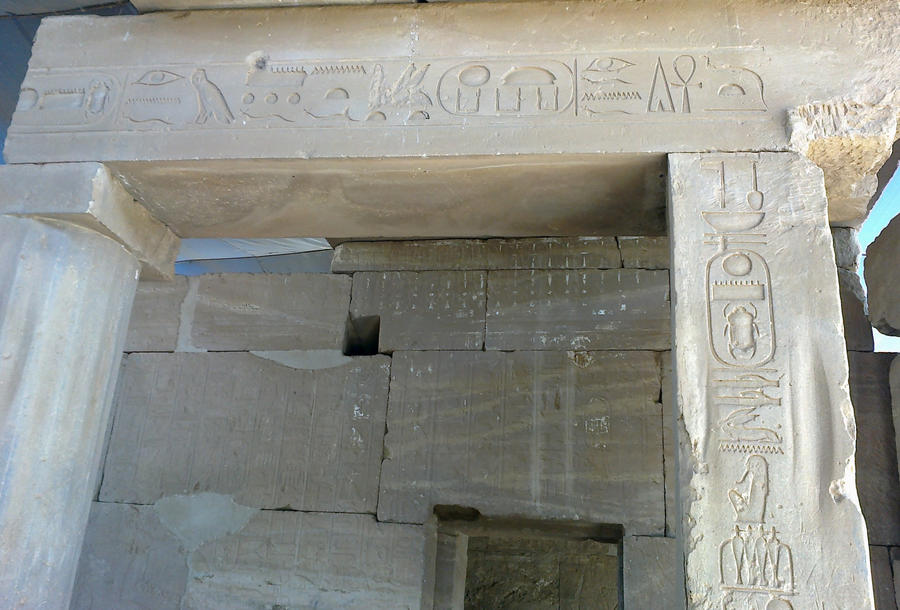




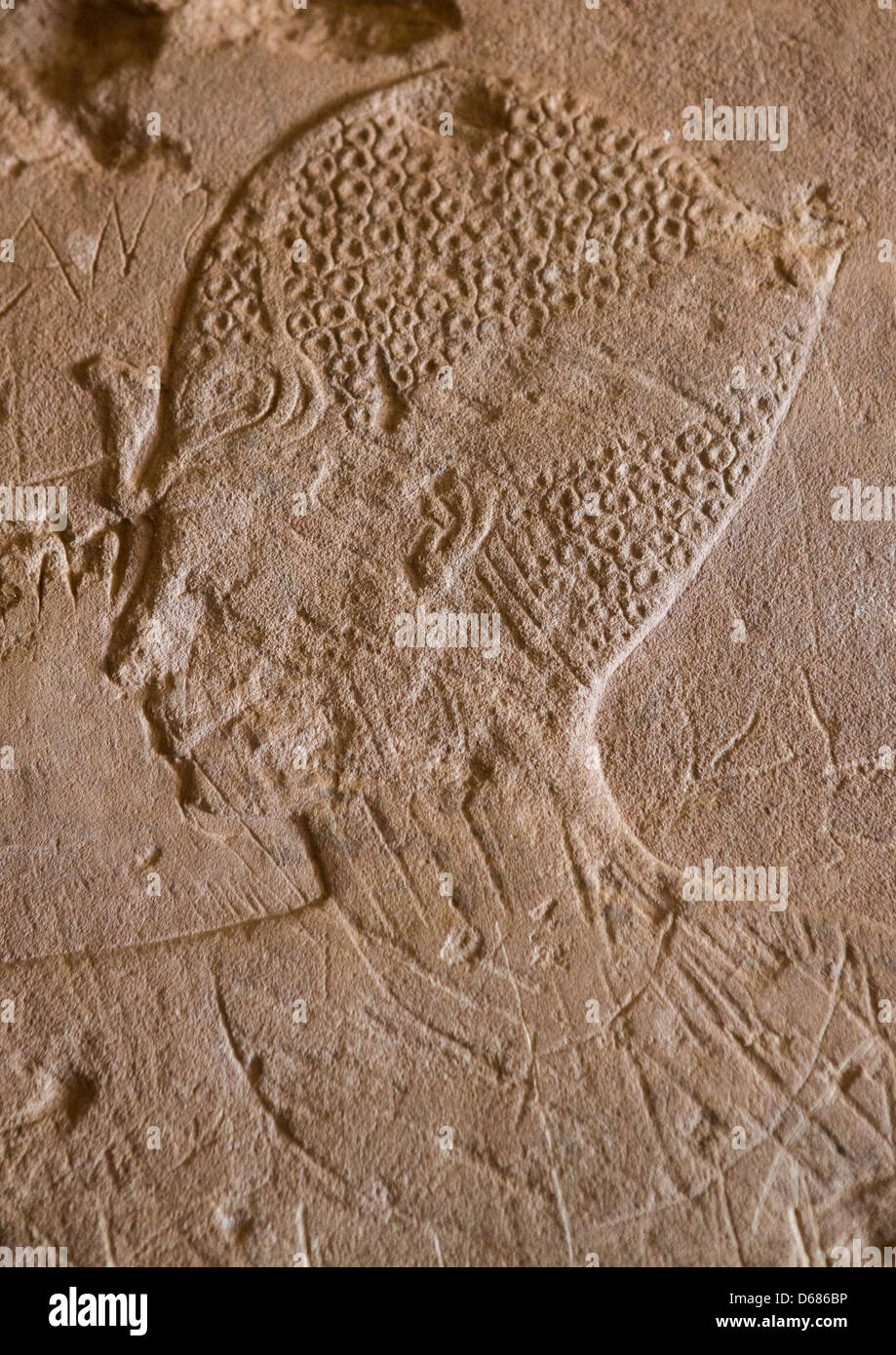








Misreeya
Pro
Sesebi Ruins(North Sudan)
The site was excavated between 1936 and 1938 by the Egypt Exploration Society under the direction of A. M. Blackman and later H.W. Fairman but was published only in preliminary reports in Journal of Egyptian Archaeology volumes 23 and 24.
Foundation deposits discovered under the corners of the enclosure wall date its construction to early in the reign of Akhenaten (1352–36 BC). Two temples at the north end of the site were also constructed during this reign. The main temple is formed of three contiguous shrines.
The walls have been reduced to the level of the raised floor but three columns remain.
These were originally decorated with incised reliefs of Akhenaten, images which were later chiselled out and replaced with raised-relief decoration of Seti I.
A crypt with images of Akhenaten alongside the traditional gods of Egypt was also found. Large magazine blocks lie to the south of the main temple.
The southwest part of the town contained housing and there was evidence for industrial activity to the southeast. Much of the eastern part of the site is seriously denuded but the remains of an enigmatic trench enclosing a large square-shaped area is preserved; no significant features were noted within this area. There are cemeteries west of the town wall and the remains of over 250 individuals were recovered along with a range of burial goods
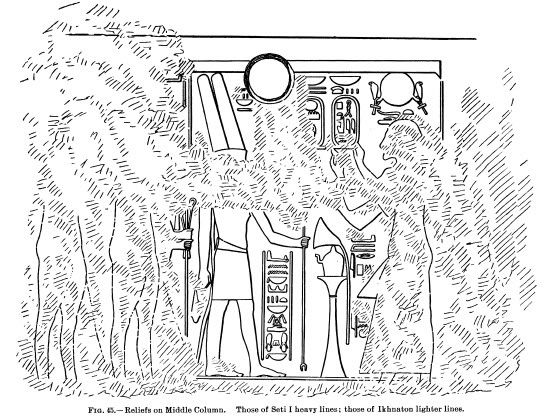
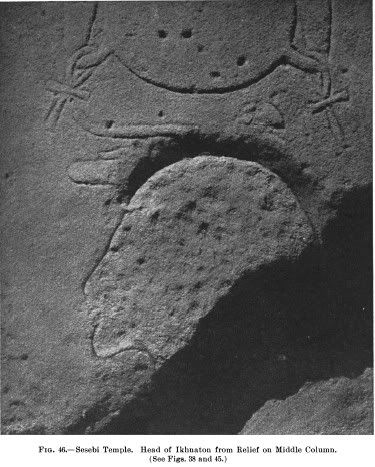
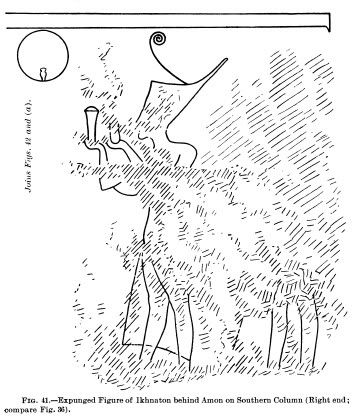
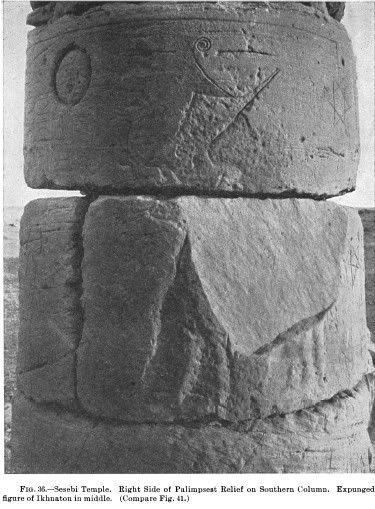


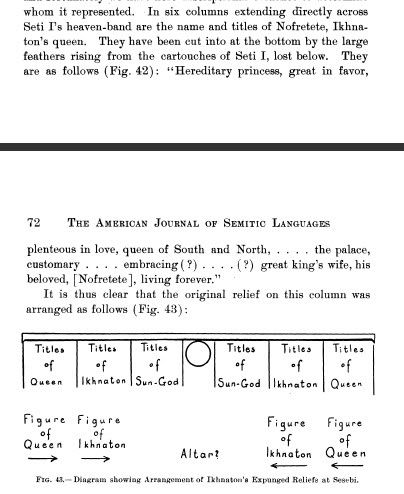
Source pictures :
Oriental Exploratíon Fund of the Universíty of Chícago. Second Preliminary Report of the Egyptian Expedition Author(s): James Henry Breasted Source: The American Journal of Semitic Languages and Literatures, Vol. 25, No. 1 (Oct., 1908), pp. 1-110 Published by: The University of Chicago Press
In the Central temple, a small shaft was found in the room that lies on the north side of the inner hypostale hall. Three very irregular steps on the east side of the shaft give easy access to a low doorway admitting to a chamber constructed in the temple-substructure.
The crypt measures 2.75m from north to south, 2.67m from east to west, and is 1.30 high, the distance of its floor from that of the temple beneath which it lies being 1.90.
Its walls, are decorated with reliefs depicting Amenhotep IV (sometimes with queen) seated in the company of various Egyptian Gods, amongst whom are Geb, Shu, Osiris, Atum and Amenhotep III.
The subject of the reliefs and their style , which is the ordinary style of the 18th dynasty,not that of the Amarna Age.
Source :
Preliminary Report on the Excavations at Sesebi, Northern Province, Anglo-Egyptian Sudan, 1936-37 A. M. Blackman
The Journal of Egyptian Archaeology, Vol. 23, No. 2 (Dec., 1937), pp. 145-151
Preliminary Report on the Excavations at Sesebi (Sudla) and 'Amārah West, Anglo-Egyptian Sudan, 1937-8
Author(s): H. W. Fairman
Source: The Journal of Egyptian Archaeology, Vol. 24, No. 2 (Dec., 1938), pp. 151-156
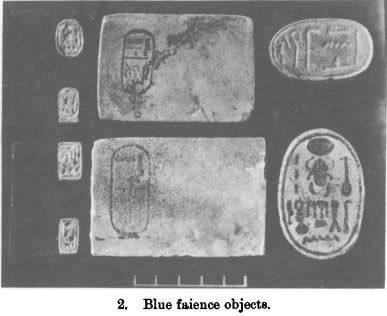
In the intact sets of foundation-deposits the excavators found faience objets all bearing the name Amenhotep-The-God-Who-Rules -Thebes.
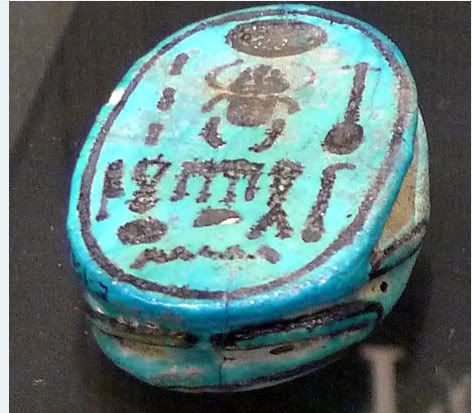
One of the scarabs is on display at the Louvre museum E15634
One-Beautiful-Of-Forms-Is-Re, Glittering-Like-The-Sun's-Orb


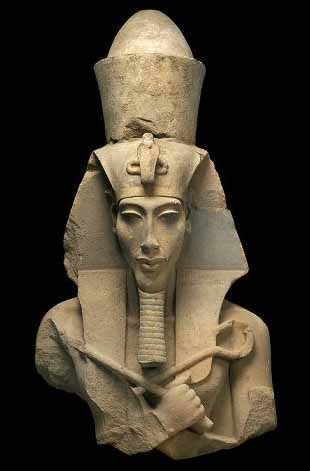
Egyptian Dreams - Ancient Egyptian Discussion Board :: View topic - Sesebi - Aten Temple Amenhotep IV - Ancient Egypt - Egyptology Forum
Sesebi, Sudan « The British School at Rome
The site was excavated between 1936 and 1938 by the Egypt Exploration Society under the direction of A. M. Blackman and later H.W. Fairman but was published only in preliminary reports in Journal of Egyptian Archaeology volumes 23 and 24.
Foundation deposits discovered under the corners of the enclosure wall date its construction to early in the reign of Akhenaten (1352–36 BC). Two temples at the north end of the site were also constructed during this reign. The main temple is formed of three contiguous shrines.
The walls have been reduced to the level of the raised floor but three columns remain.
These were originally decorated with incised reliefs of Akhenaten, images which were later chiselled out and replaced with raised-relief decoration of Seti I.
A crypt with images of Akhenaten alongside the traditional gods of Egypt was also found. Large magazine blocks lie to the south of the main temple.
The southwest part of the town contained housing and there was evidence for industrial activity to the southeast. Much of the eastern part of the site is seriously denuded but the remains of an enigmatic trench enclosing a large square-shaped area is preserved; no significant features were noted within this area. There are cemeteries west of the town wall and the remains of over 250 individuals were recovered along with a range of burial goods







Source pictures :
Oriental Exploratíon Fund of the Universíty of Chícago. Second Preliminary Report of the Egyptian Expedition Author(s): James Henry Breasted Source: The American Journal of Semitic Languages and Literatures, Vol. 25, No. 1 (Oct., 1908), pp. 1-110 Published by: The University of Chicago Press
In the Central temple, a small shaft was found in the room that lies on the north side of the inner hypostale hall. Three very irregular steps on the east side of the shaft give easy access to a low doorway admitting to a chamber constructed in the temple-substructure.
The crypt measures 2.75m from north to south, 2.67m from east to west, and is 1.30 high, the distance of its floor from that of the temple beneath which it lies being 1.90.
Its walls, are decorated with reliefs depicting Amenhotep IV (sometimes with queen) seated in the company of various Egyptian Gods, amongst whom are Geb, Shu, Osiris, Atum and Amenhotep III.
The subject of the reliefs and their style , which is the ordinary style of the 18th dynasty,not that of the Amarna Age.
Source :
Preliminary Report on the Excavations at Sesebi, Northern Province, Anglo-Egyptian Sudan, 1936-37 A. M. Blackman
The Journal of Egyptian Archaeology, Vol. 23, No. 2 (Dec., 1937), pp. 145-151
Preliminary Report on the Excavations at Sesebi (Sudla) and 'Amārah West, Anglo-Egyptian Sudan, 1937-8
Author(s): H. W. Fairman
Source: The Journal of Egyptian Archaeology, Vol. 24, No. 2 (Dec., 1938), pp. 151-156

In the intact sets of foundation-deposits the excavators found faience objets all bearing the name Amenhotep-The-God-Who-Rules -Thebes.

One of the scarabs is on display at the Louvre museum E15634
One-Beautiful-Of-Forms-Is-Re, Glittering-Like-The-Sun's-Orb



Egyptian Dreams - Ancient Egyptian Discussion Board :: View topic - Sesebi - Aten Temple Amenhotep IV - Ancient Egypt - Egyptology Forum
Sesebi, Sudan « The British School at Rome
Last edited:
Misreeya
Pro
Reliefs of Thutmose III
Sudan Kumma

Sudan (Kumma, temple of Amenhotep II, reused in foundation), New Kingdom, Dynasty 18, reign of Thutmose III, 1479–1425 B.C.E.
Painted sandstone, H x W (a/b): 88.6 x 112/106.5 cm (34 7/8 x 44 1/8/41, 15/16 in.)
Harvard University—Boston Museum of Fine Arts Expedition 1924, MFA #25.1510a-b
"Two fitted sandstone slabs forming a corner (block b includes the corner); sunk relief with blue pigment depicting: (a) Tuthmosis III, facing right, with vulture above, before the ram-headed Khnum who holds a was-scepter; (b) a similar scene, reversed; both blocks also carry vertical columns of hieroglyphic text which include names, titles, and epithets of King Thutmose III." (Museum website)
"These reliefs come from one in a series of forts along the Nile at the point of the Second Cataract, or rapids, just south of the present-day border between Egypt and Sudan. They show Thutmose III making offerings to the ram-headed god Khnum, lord of the cataracts. Originally built during the Middle Kingdom, the forts were restored and reoccupied in the early New Kingdom. In addition to fortifications, the forts also contained small temples for the worship of local deities. These temple blocks were found dismantled and reused in the foundation of a new temple." (
Reliefs of Thutmose III | MFA for Educators
Tasting Life Twice - 8-2-14 to 8-7-14
Sudan Kumma

Sudan (Kumma, temple of Amenhotep II, reused in foundation), New Kingdom, Dynasty 18, reign of Thutmose III, 1479–1425 B.C.E.
Painted sandstone, H x W (a/b): 88.6 x 112/106.5 cm (34 7/8 x 44 1/8/41, 15/16 in.)
Harvard University—Boston Museum of Fine Arts Expedition 1924, MFA #25.1510a-b
"Two fitted sandstone slabs forming a corner (block b includes the corner); sunk relief with blue pigment depicting: (a) Tuthmosis III, facing right, with vulture above, before the ram-headed Khnum who holds a was-scepter; (b) a similar scene, reversed; both blocks also carry vertical columns of hieroglyphic text which include names, titles, and epithets of King Thutmose III." (Museum website)
"These reliefs come from one in a series of forts along the Nile at the point of the Second Cataract, or rapids, just south of the present-day border between Egypt and Sudan. They show Thutmose III making offerings to the ram-headed god Khnum, lord of the cataracts. Originally built during the Middle Kingdom, the forts were restored and reoccupied in the early New Kingdom. In addition to fortifications, the forts also contained small temples for the worship of local deities. These temple blocks were found dismantled and reused in the foundation of a new temple." (
Reliefs of Thutmose III | MFA for Educators
Tasting Life Twice - 8-2-14 to 8-7-14
Misreeya
Pro
Kerma (Kingdom monument)
Western Deffufa
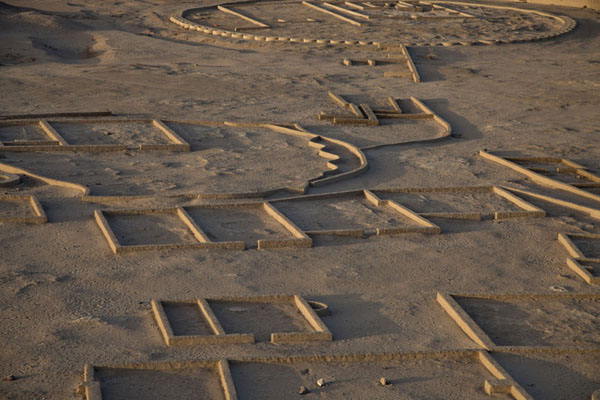




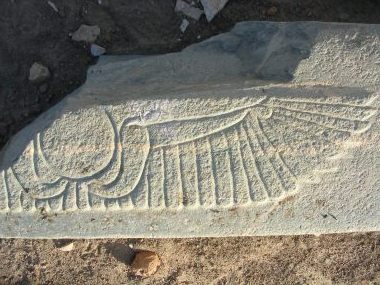
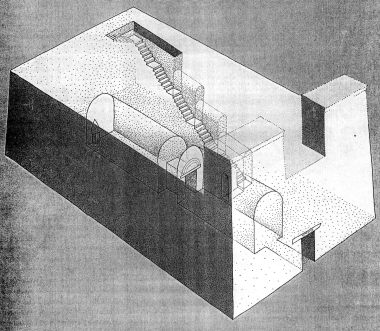
Société des Cultures Nubiennes- La Nubie historique et archéologique -Kerma
Western Deffufa







The cemetery has another deffufa, this time consisting of two rooms in a row. It is a funerary temple associated with the Kerma Classique tumuli. The excavations of Charles Bonnet have revealed painting of the lower walls of two rooms. Specialists have linked these motifs to certain decorative elements of the sun temple of Nyuserra (2460-2430 BC), a ruler of the V Dynasty in Egypt, whose first kings came from Elephantine.
Société des Cultures Nubiennes- La Nubie historique et archéologique -Kerma
Misreeya
Pro
Statues found at the Complex in Kerma
Possible interesting fact of the people that resided there from Linguist.
Kerma Culture - Wikipedia, the free encyclopedia
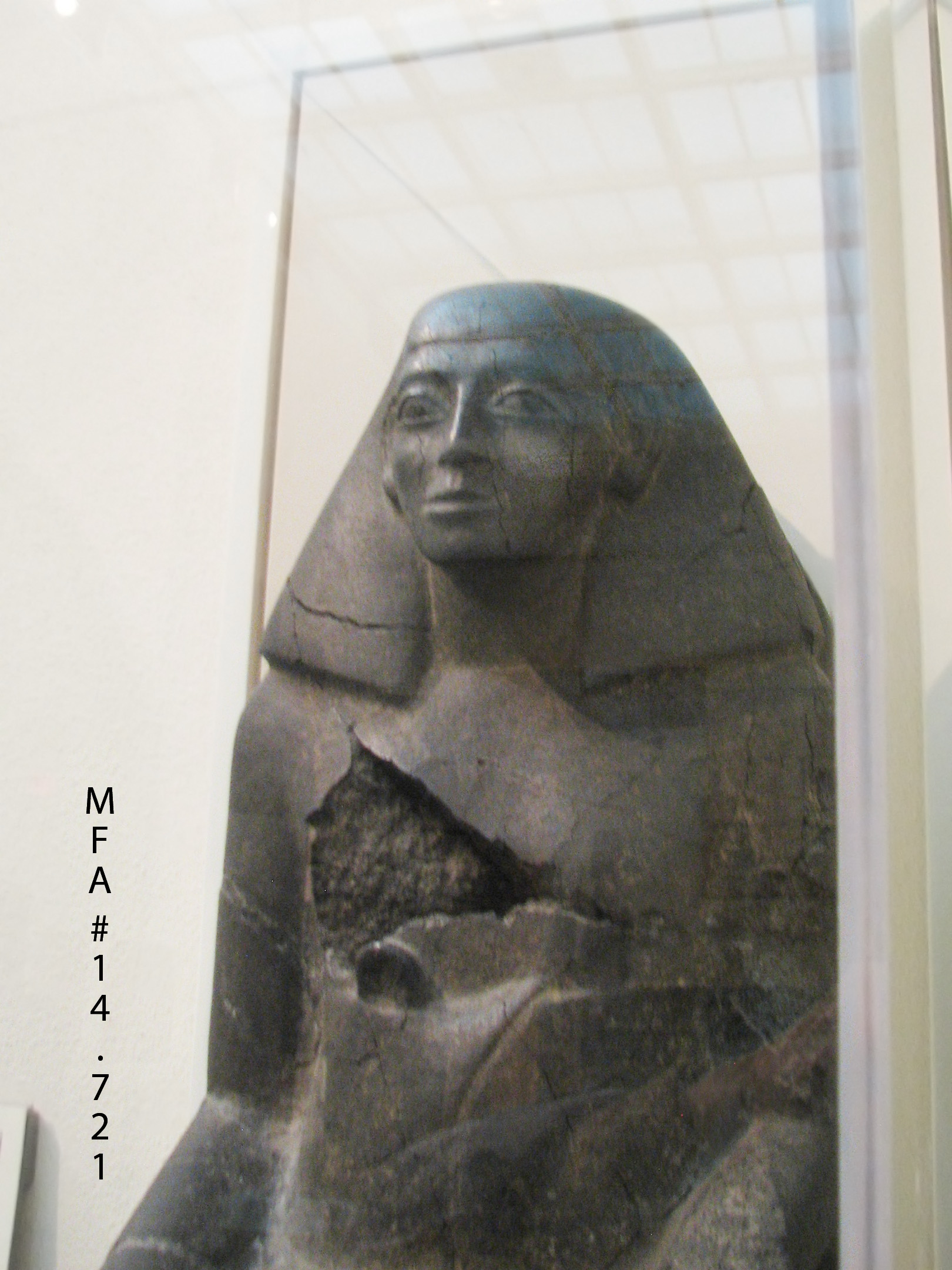
MFA - Statue of Sehetepib Senaaib
Statue of Lady Sennuwy
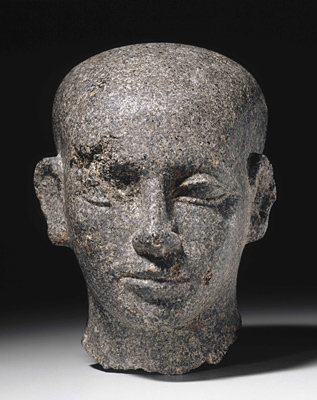

Possible interesting fact of the people that resided there from Linguist.
.Language
According to Peter Behrens (1981) and Marianne Bechaus-Gerst (2000), linguistic evidence indicates that the Kerma peoples spoke Afro-Asiatic languages of the Cushytic branch.[11][12] The Nilo-Saharan Nobiin language today contains a number of key pastoralism related loanwords that are of proto-Highland East Cushytic origin, including the terms for sheep/goatskin, hen/cock, livestock enclosure, butter and milk. This in turn suggests that the Kerma population — which, along with the C-Group Culture, inhabited the Nile Valley immediately before the arrival of the first Nubian speakers — spoke Afro-Asiatic languages
Kerma Culture - Wikipedia, the free encyclopedia

MFA - Statue of Sehetepib Senaaib
Statue of Lady Sennuwy


Last edited:
Misreeya
Pro
El kurru tomb/temple/pyramid Napatan period

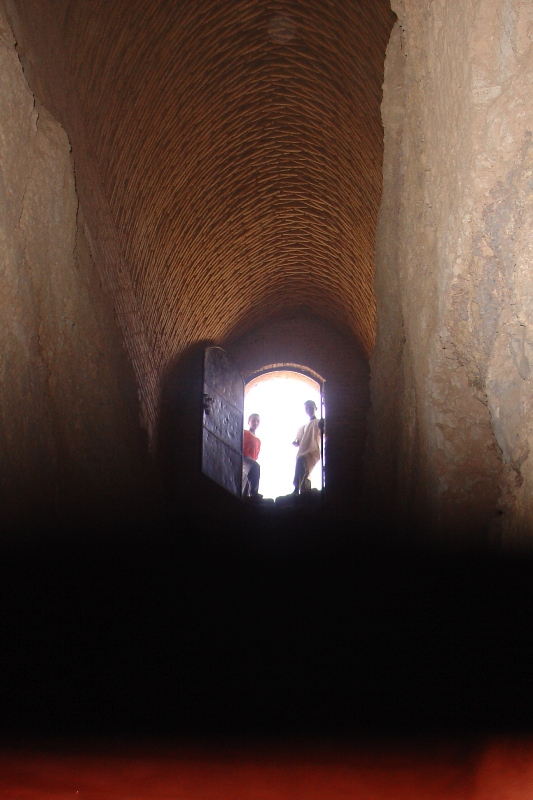





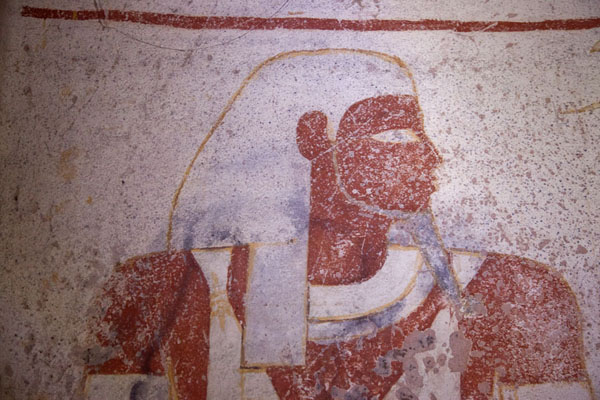


Temple

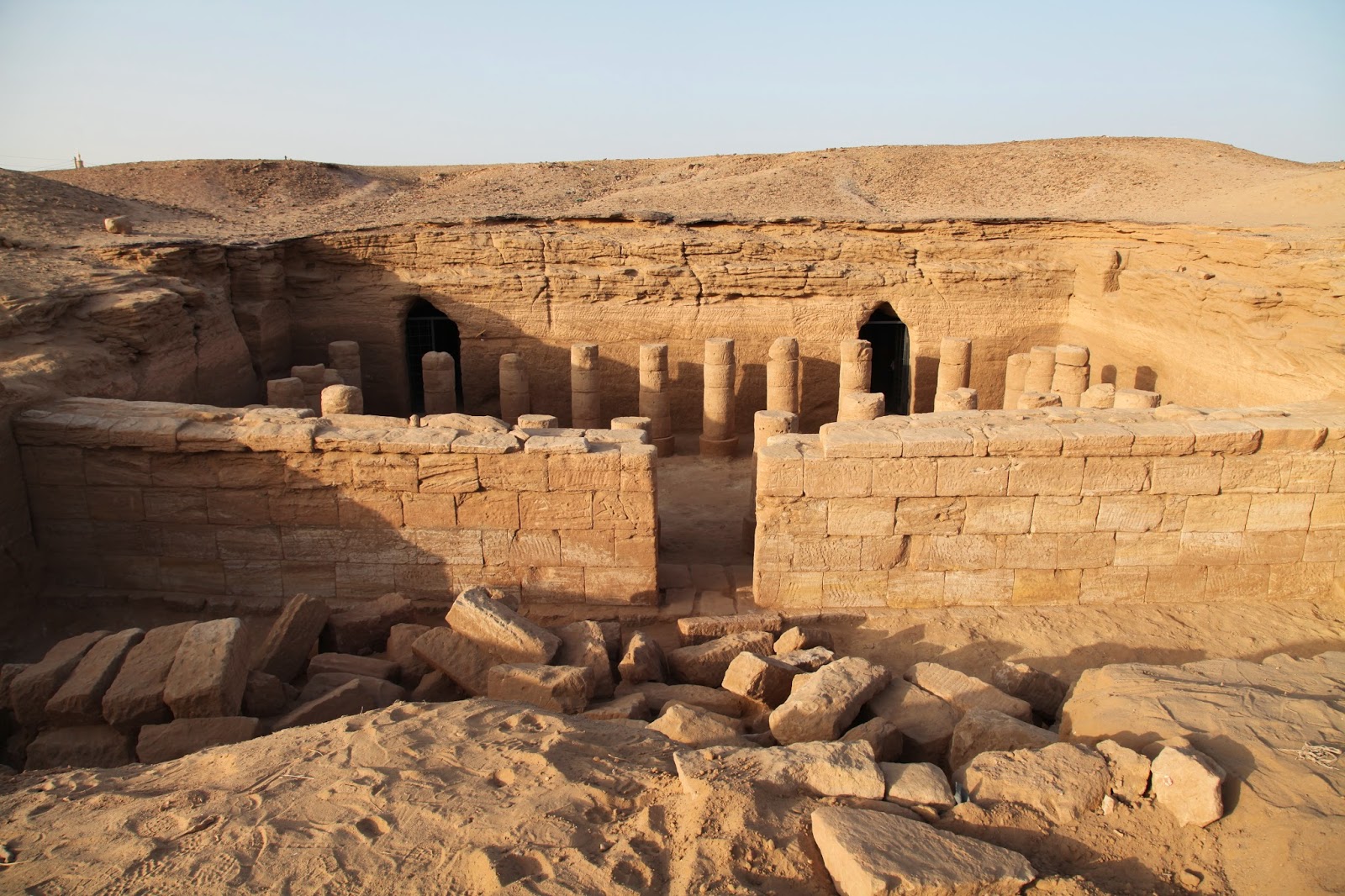
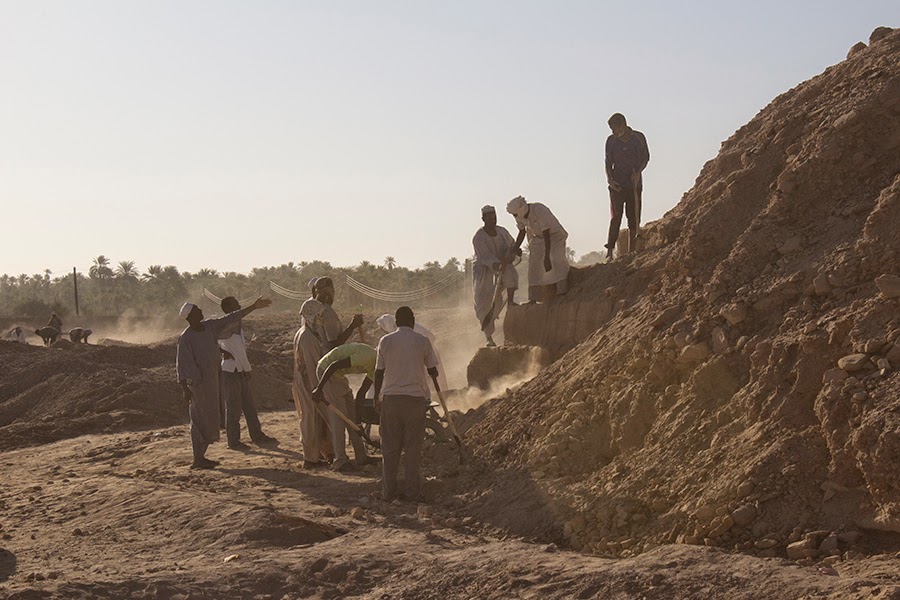
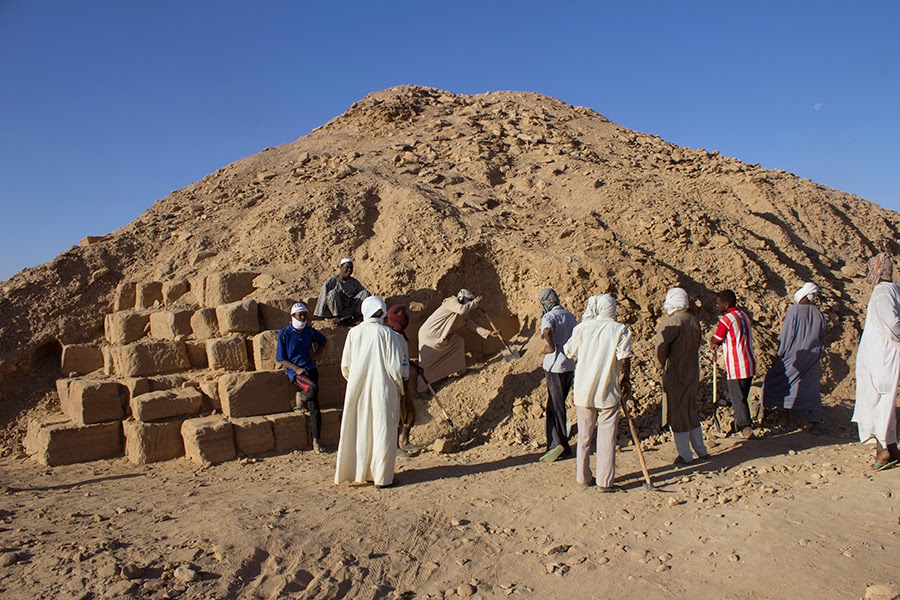
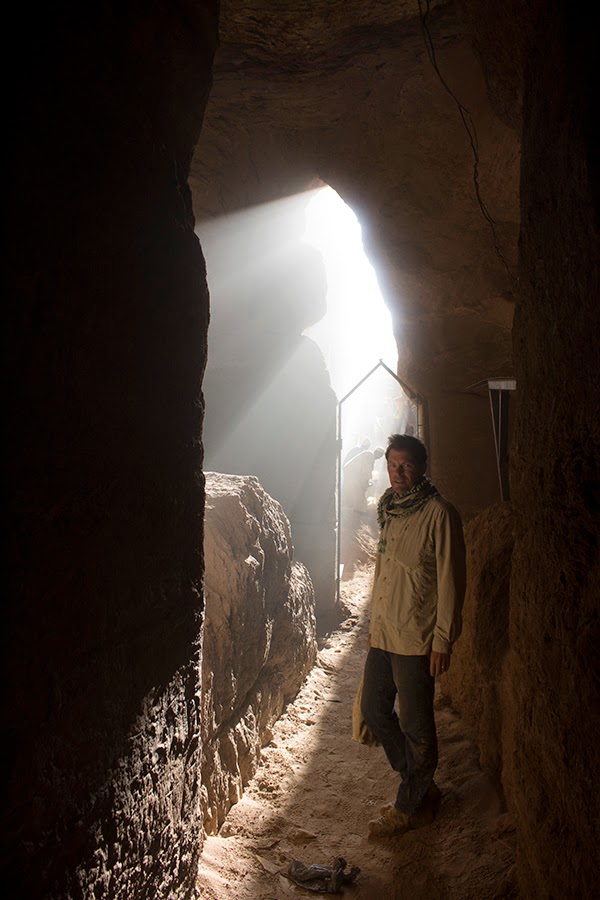
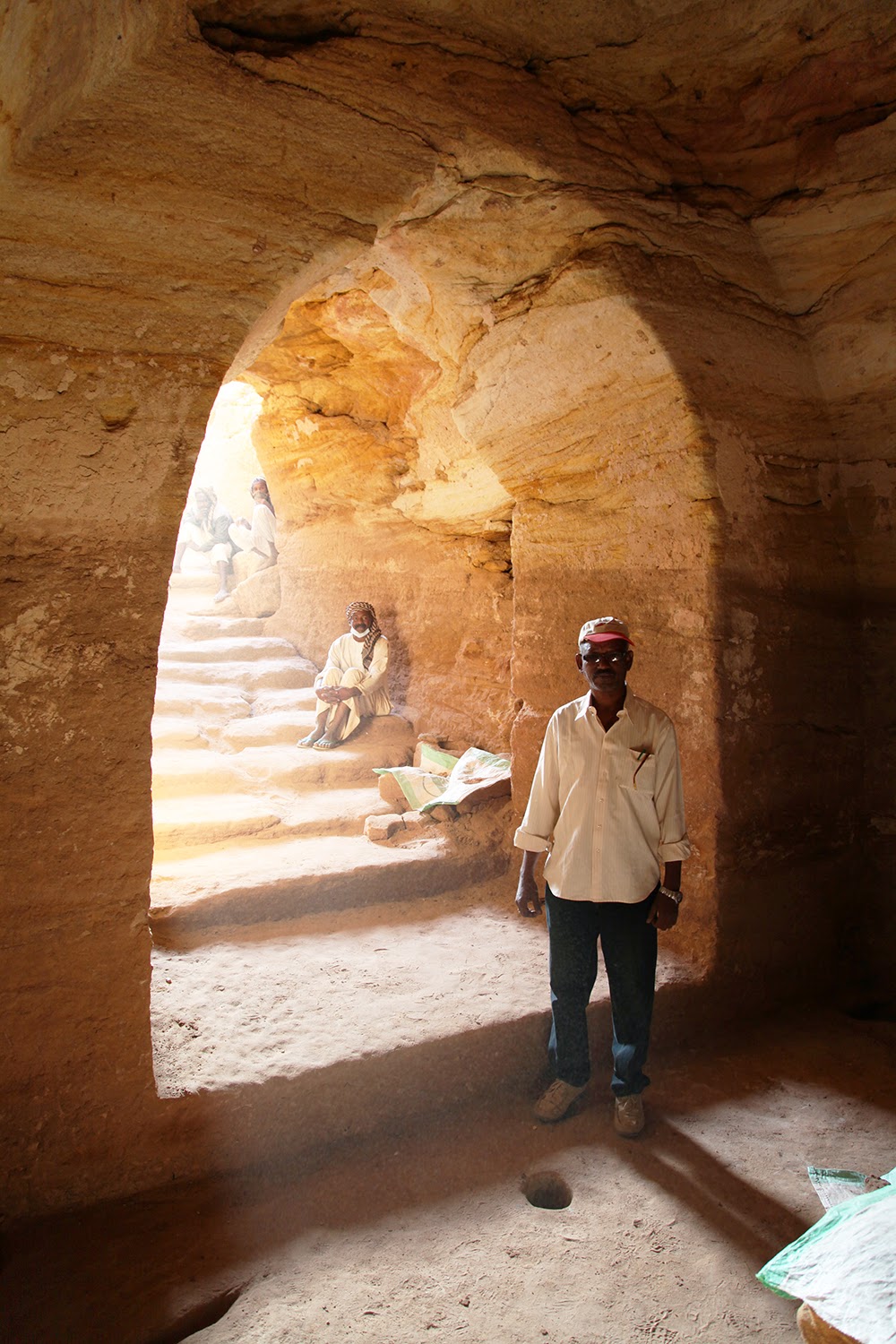
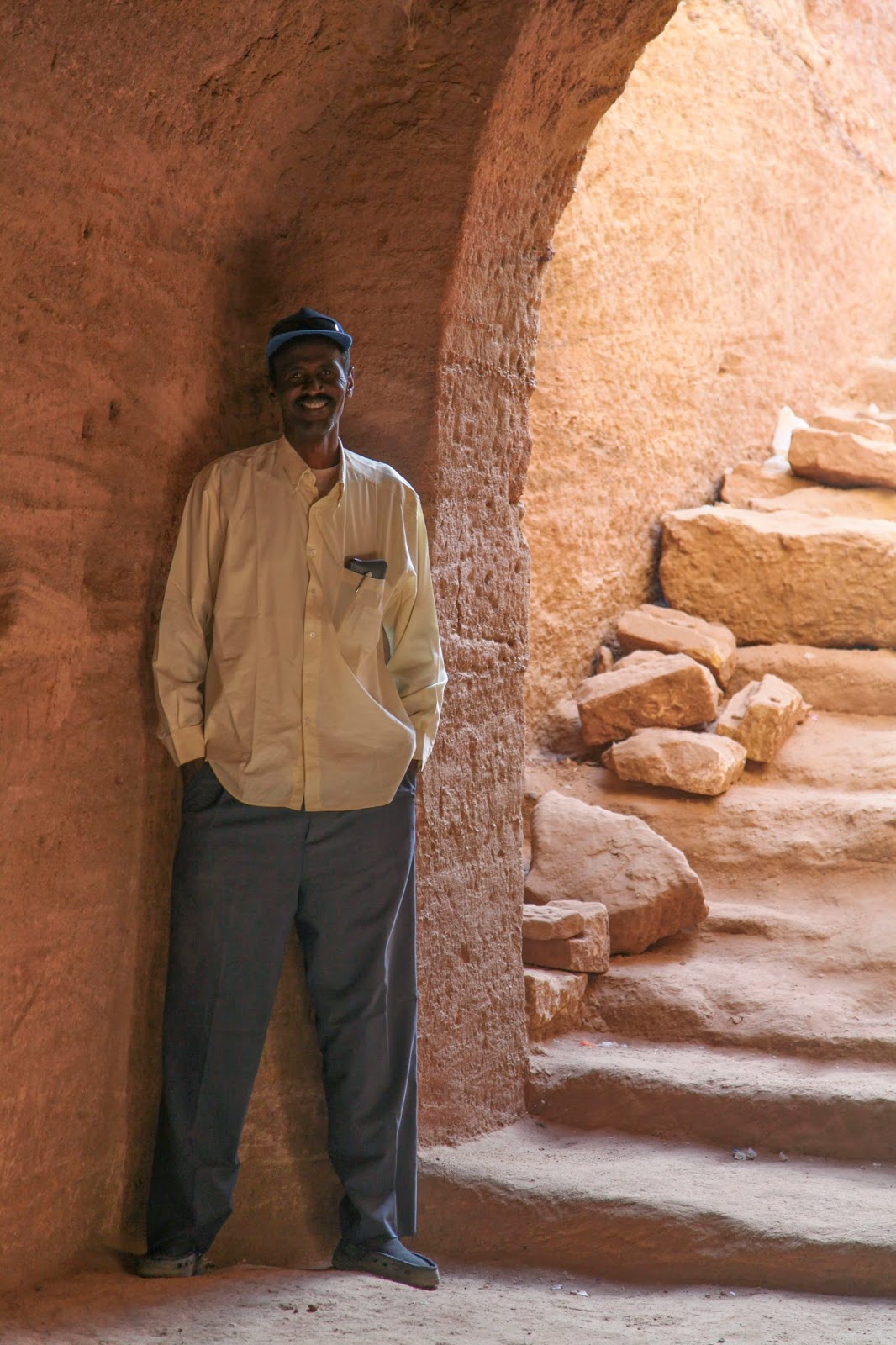
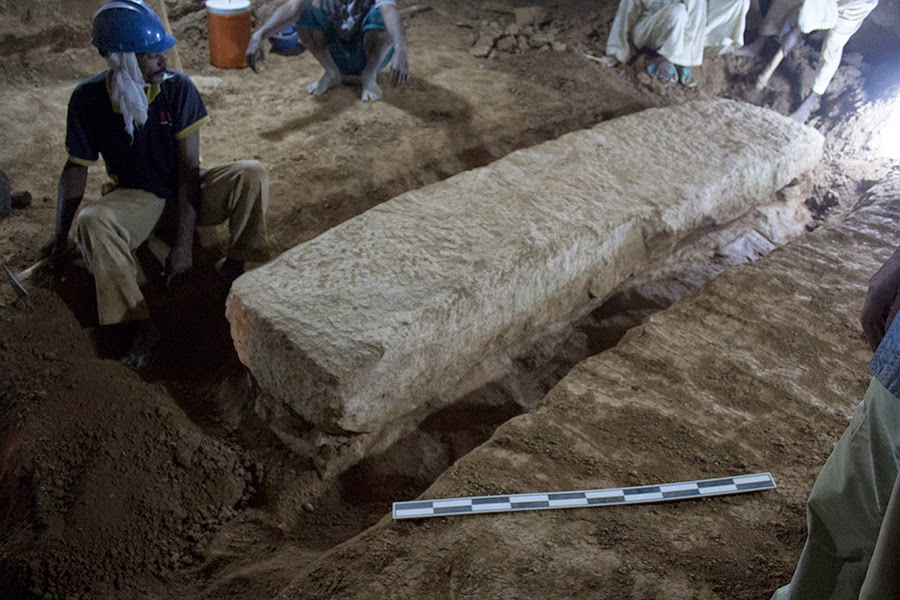
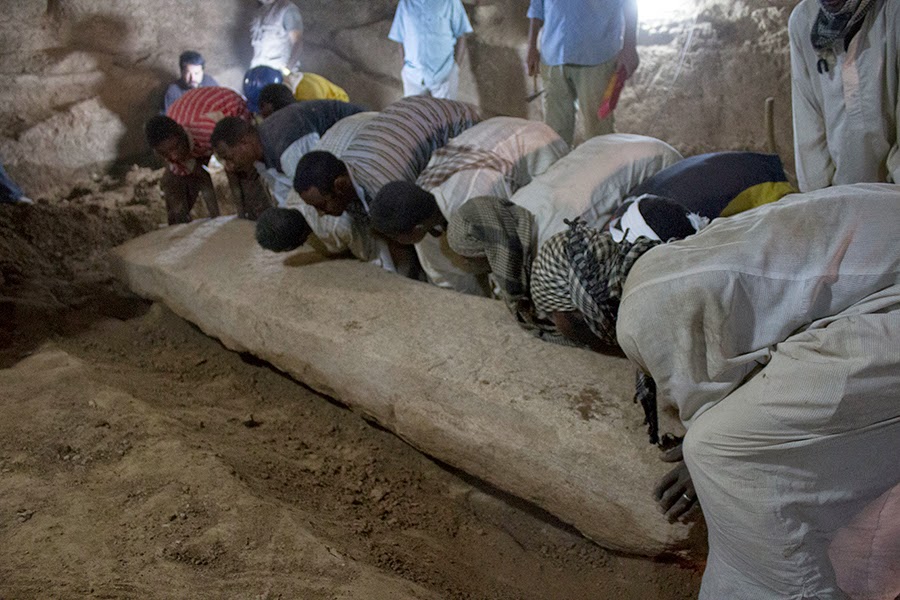










Temple









Last edited:




